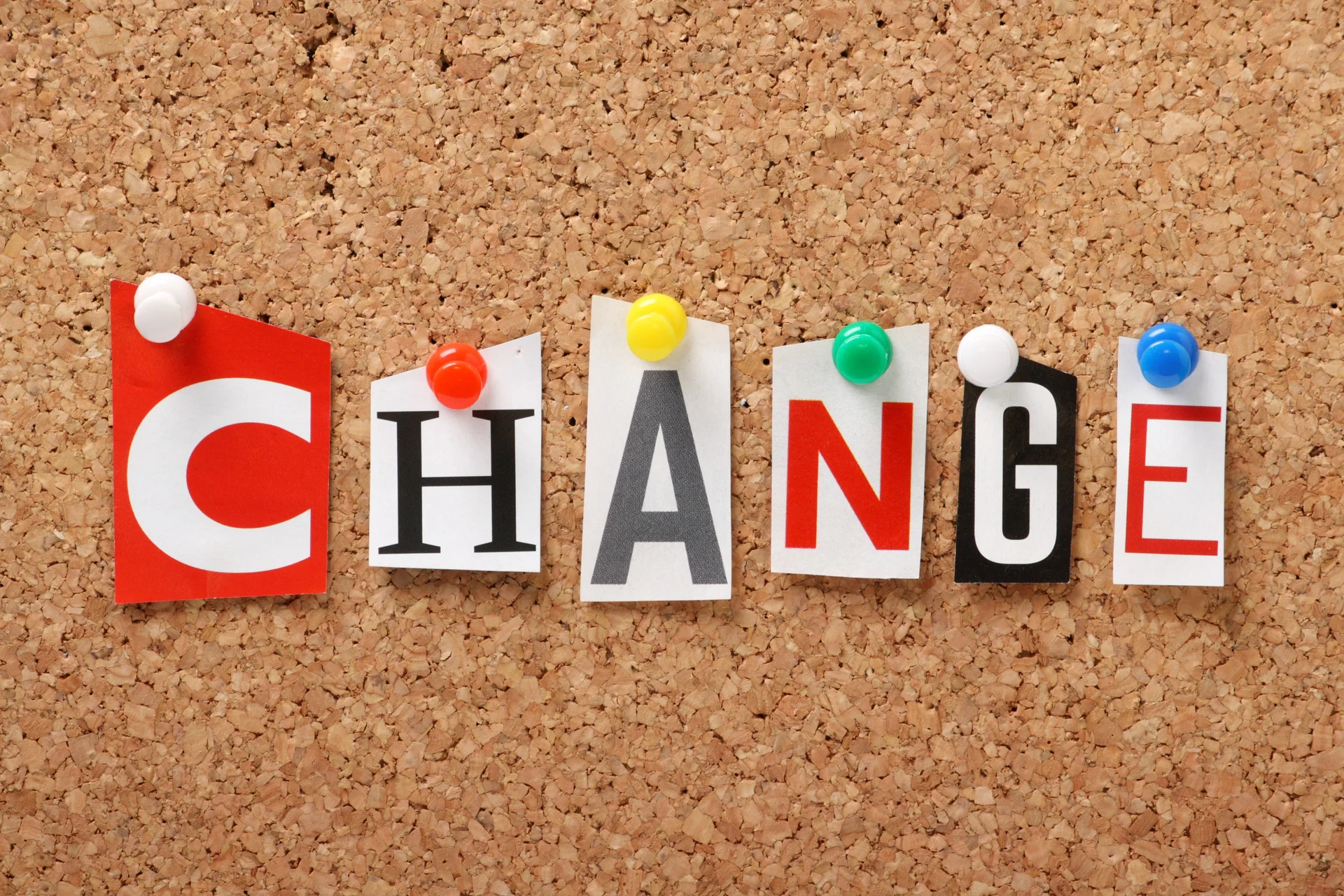Focus: Establishing a shared understanding of sexual violence, its impact, and actionable steps toward prevention.
Greetings from Julia, your friendly neighborhood Prevention Educator! The theme for our second week of Sexual Assault Awareness Month is “Learn. Act. Change.” This mantra is the cornerstone of prevention education summed up in three words: when we know better, we gain the ability to do better. Not only better for each other, but better for ourselves. Before working at SARCC, I experienced the power of knowledge firsthand. I remember being in college, sitting and listening to a previous Prevention Specialist give a talk about consent and coercion, and reeling. “What do you mean that’s a form of assault? Why didn’t anyone tell me that before? Did he know? Do others know this?” From that day forward, I committed myself to sharing knowledge with others, so that they might do better for themselves too… and here we are!
In order to know better, and in turn, do better, we must come to a shared understanding of what sexual violence is and how it impacts people. We’ll then explore how each of us can translate this knowledge into actionable steps towards prevention. Let’s dive in!
First, a definition: “Sexual Violence” refers to any unwanted sexual contact, harassment, or exposure. Although most people equate Sexual Violence with rape (penetration of another person’s body without consent), SV can look and sound like many things. SV can be an unwanted kiss, touching/rubbing sexual parts over or under clothing, sending or showing someone sexually explicit pictures/videos without consent, discriminating against someone because of their sexual orientation or gender identity, and more. Another common misconception is that Sexual Violence almost always involves the use of physical force. While these cases certainly happen, in my experience as an advocate, more subtle forms of perpetration tend to be more common. As I referred to earlier, coercion involves using nonphysical forms of pressure to get someone to participate in sexual activity against their will. This can involve lying, threats (ex: “you don’t want me to look for someone else, do you?”), guilt-tripping (ex: “But don’t you love me?”), blackmail (ex: “do this for me or I’ll leak your nudes”), or abusing a power imbalance (ex: “you just don’t understand since you’re so much younger”, “do this for me and I’ll put in a good word with your probation officer”).
Another form of coercion is using alcohol or drugs to make someone less likely to resist unwanted advances. This brings us to another myth, this time about drug-facilitated Sexual Assault. Most people associate drug-facilitated SA with involuntary drugging or “roofies”, but this is only a small piece of the puzzle. In fact, the drug most used to facilitate sexual assault is alcohol, and the majority of survivors report having drank willingly. The reason that these cases are considered Drug-Facilitated Sexual Assault is because consent to drinking does not equate to consent for sexual activity. In fact, perpetrators will often give an intended target drinks or look for someone who is drinking because they may be less coherent, less able to give or withhold consent (legally, a person is unable to consent while intoxicated), and may be considered less credible if they are unable to remember the assault. When we get real about the relationship between alcohol and sexual violence, we are better equipped to validate survivor experiences and empower people to make informed choices about drinking, especially in spaces where alcohol is embedded in the social fabric or culture.
Across its many forms, the impacts of sexual violence are far-reaching and long-lasting. A national survey by the CDC reports that over half of women and almost one in three men have experienced sexual violence that involved physical contact in their lifetime. While these numbers are stifling, we also know they are vast underestimates, as sexual violence is historically under-reported, especially amongst men. We also know that these numbers do not include gender-diverse individuals, who experience SV at higher rates than their cisgender counterparts. Survivors of sexual violence often have both short- and long-term challenges that can impact every area of their health: physical, mental, social, even financial.
While I feel I’ve barely scratched the surface, for the sake of time, let’s say we’ve laid the groundwork for knowing better, and are ready to do better. No matter what we do professionally, each of us has a role to play in prevention in our daily lives. It might start with helping to create a shared understanding of sexual violence within your social circle and community. Sexual violence is rooted in social norms, and we all have opportunities to accept or challenge them. Friend or family member makes an inaccurate or harmful remark? Respectfully correct the record! Folks in your circle are holding onto misconceptions about SV? Share what you know. See or hear about a situation that you think might involve sexual violence? Consider sharing a supportive resource like SARCC! If you tend to be active on social media, share digital resources and (accurate) information online. Together, we can work to create a community free of sexual violence.



